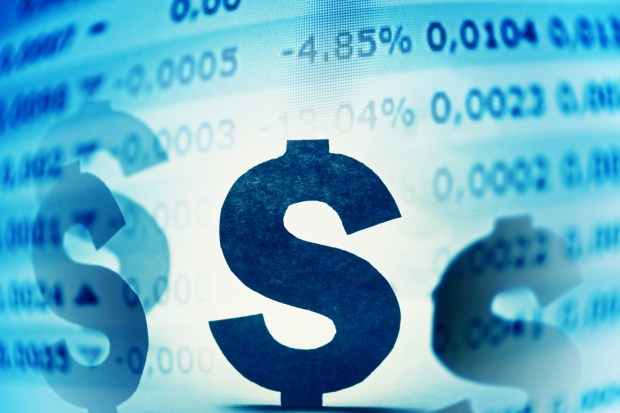Euclid Raises $20M To Better Track Shoppers In Store

Retailers have an obvious investment in keeping track of how customers interact with retail environments, and Euclid Analytics is capitalizing on that shared goal to the tune of $20 million.
The data analytics firm has raised $44 million, so far. This round was led by media conglomerate Cox Enterprises, with participation from Groupe Arnault (the investment firm that holds a controlling stake in luxury group LVMH), Gold Sky Capital, Benchmark Capital, NEA and Harrison Metal. The last three are returning investors.
In addition to funding, Euclid has also gained Groupe Arnault as a strategic partner, meaning the two companies will collaborate on improving Euclid’s tech with data from GA’s market research.
Euclid’s technology platform monitors traffic in enclosed indoor spaces — stores, QSR restaurants, banks, malls and transport hubs are a few of the more commonly pointed-to uses. The firm says it works with 500 brands in 65 nations and generates upwards of 7 billion data points a day.
Euclid’s technology is Wi-Fi-based and taps into tech from Aerohive, Cisco, HP/Aruba Networks, Meraki, Ruckus and Xirrus to collect media access control (MAC) addresses from smartphones, which are then encrypted and stored on its servers (stores are required to display information for customers who want to opt out). Using that information, Euclid tracks what shoppers look at, how long they browse and how long they stay. The system also logs repeat visits and generates aggregated data reports so retail partners can improve their results.
“Our [key performance indicators] provide new insights into shopper behavior and how they impact key business outcomes,” Euclid CEO Brent Franson said in an email to TechCrunch. “For example, how are shopper dwell times, repeat visits, bounce rates or storefront conversions affecting sales? Did an advertising campaign or new store layout boost traffic or new shoppers? Did increased staffing in the quick service restaurant bounce rates?”
“As we move into an omnichannel marketplace, where digitally connected consumers seamlessly shop across online and offline, we can connect the dots from the physical world and gain a single view of the customer,” Franson said. “Our competitors can’t make that claim.”
